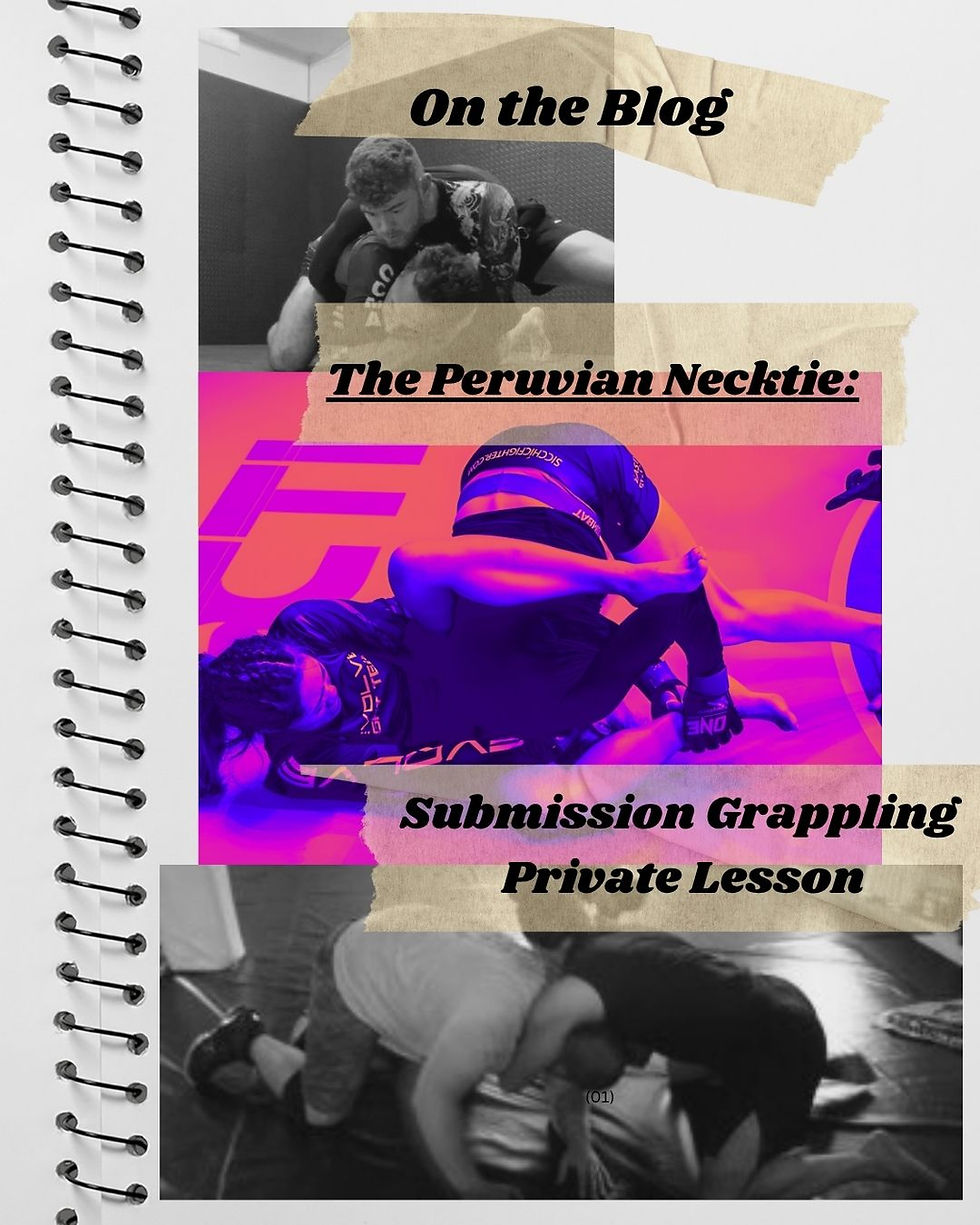Fighting Southpaws: Boxing Private Lesson
- jamie03066
- 2 days ago
- 3 min read
10.10.2025

My senior client's sixth hour of his latest boxing class continued our footwork training with tactics on how to fight against southpaws in an orthodox stance.

Understanding The Conventional Southpaw Strategy
Serious southpaw fighters have one large advantage over their orthodox opponents: they are statistically far more familiar with facing orthodox fighters than orthodox fighters are with facing southpaws. This can make them extremely dangerous opponents if they receive a decent education in fight strategy.
Trained southpaw boxers are typically advised to take an angled position, placing their lead foot on the outside of their opponent's left foot. This foot is parallel, bringing their rear foot closer to the opponent than would normally be the case if both fighters had the same stance. By being set at an angle, the southpaw becomes awkward to punch.
Likewise, the southpaw also has to adopt adjusted techniques to capitalize on this advantageous position. They can use the rear hand as a jabbing weapon as well as a power punch because it is now at the range where a conventional jab would be under same stance conditions. As for their lead hand, that needs further adaptation. The up-jab is a sensible choice. This unusual way to execute the jab uses a backward lean to create more room without compromising stance range, room that is needed when the southpaw is somewhat crowding their opponent on the outside. Taller opponents might wish to invert this execution and use a lead overhand (sometimes referred to as an anchor punch) or a chopping jab, similar to Thomas Hearns's chopping cross. There is also a peculiar variation on the uppercut that can be used here too, coming in under the opponent's lead arm and delivered in a short action.

Lesson Objective
We sought to reverse the southpaw strategy. My client, who is an orthodox boxer, will take the position to the southpaw opponent. He will learn to fight for the outside and maintain the closer, angled position. In addition to this, he will learn how to use the best weapons in this situation. Further still, he will take ownership of the strategy by making his own decisions and adapting accordingly under the pressure of sparring.
Layered Sparring Rounds
We used the following rounds of specific sparring to build up my client's tactics against a southpaw boxer. I adopted the role of someone standing in a right foot forward stance against his orthodox posture:
Fight for the outside. Both orthodox and southpaw boxers try to get their lead foot parallel on the outside to their opponent. Here my client learned how to negotiate corners and how to employ footwork to feint, cut off corners, and escape. In this round, no contact is permitted.
Jabbing cross versus defense. My client was only permitted to use the jabbing cross against me. In order to help build his familiarity and confidence with this technique, I just defended.
Jabbing cross versus cross. This could have been broken down further with my client now being forced to defend, but I decided to use the opportunity to continue work on the jabbing cross and know how to counter.
Lead hand from the outside versus defense. Like round 2, my client was restricted to using other tools from this angled position. He worked on up-jabs, lead overhands, and uppercuts while trying to stay on the outside with his lead foot parallel to mine. I just defended.
Defense only versus southpaw. Here my client now had to focus on his defensive skills while maintaining the strategy. Due to the close proximity, his footwork was limited, and he had to rely a lot on slipping, covering, blocking, and parrying.
Orthodox versus southpaw. In essence, this was our freestyle round. Now it was time to put all his skills together under the new strategy and put it against me sparring with him in the southpaw stance.

Focus Mitts - Counter-Southpaw Strategies
I coached my client for 2 x 3-minute rounds on the focus mitts, standing in a southpaw stance. He was able to now land his new punches from this new angled position with more power while also being mindful of where his lead foot should be in relation to my stance.
Heavy Bag - Counter-Southpaw Strategies
These last two 3-minute rounds took everything learned in the lesson and put it onto the heavy bag. Now my client had full autonomy to intelligently train jabbing crosses, overhand jabs, up-jabs, and uppercuts on the heavy bag, mixing in other techniques while guiding himself to move as he would do against a southpaw. Round one was all about technique, whereas round two was broken down into bursts of speed and power, isolating these punches.













Comments